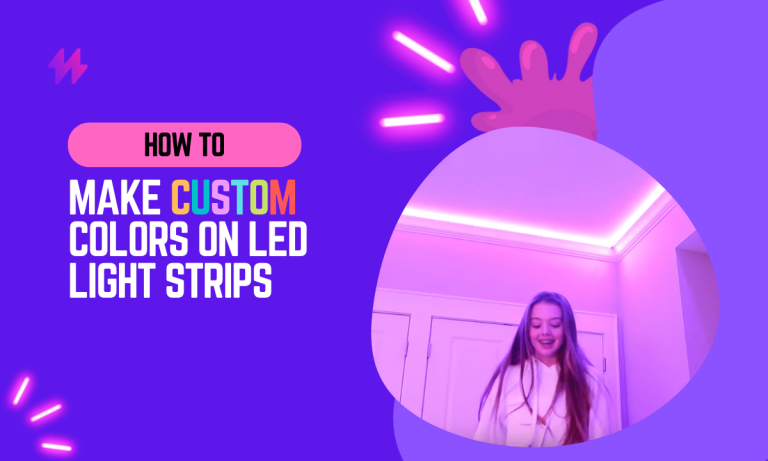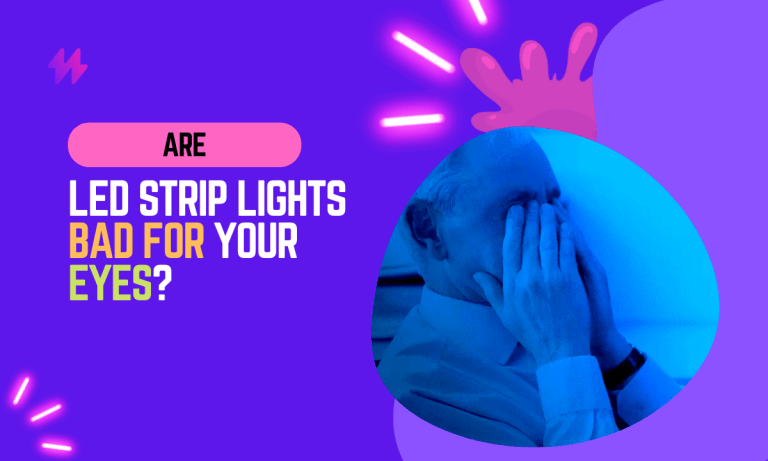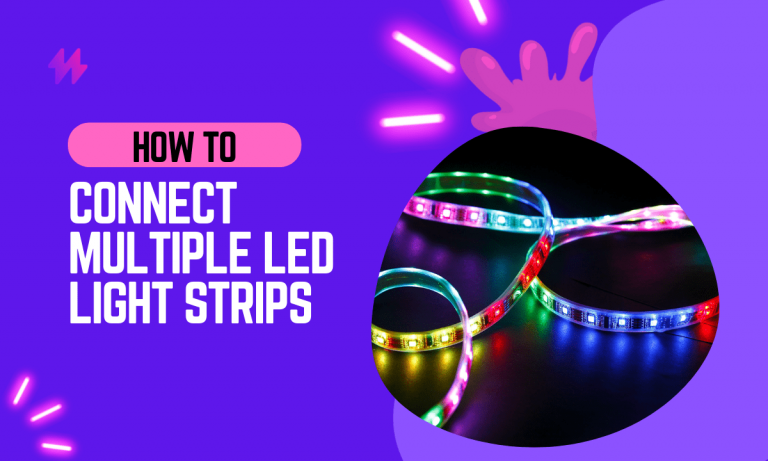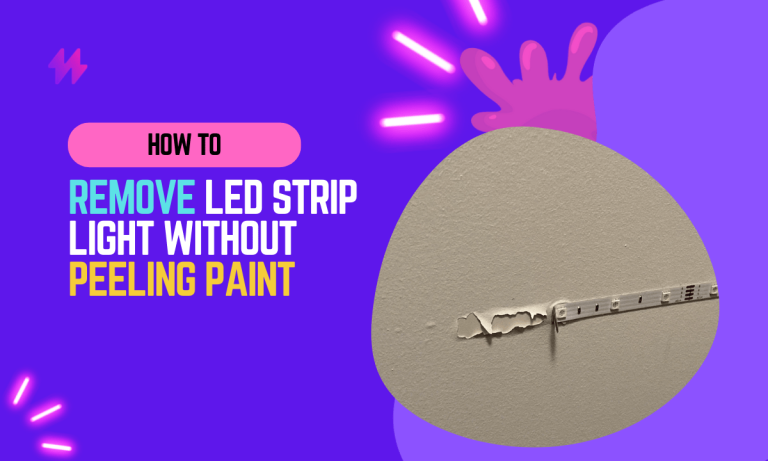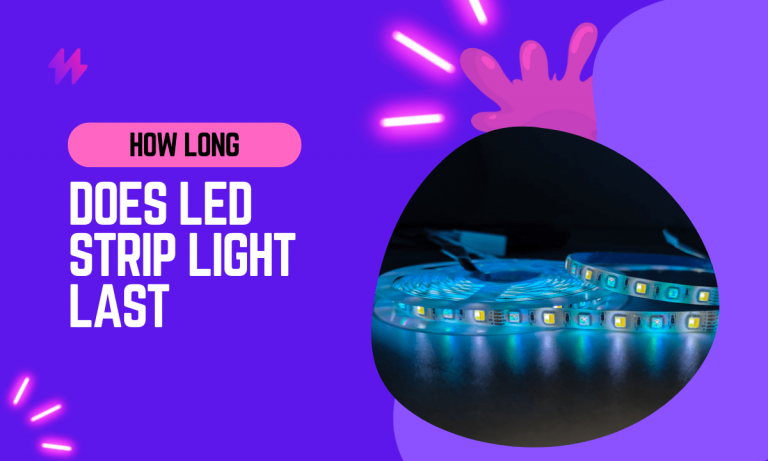Can You Put LED Strip Lights on Fabric?
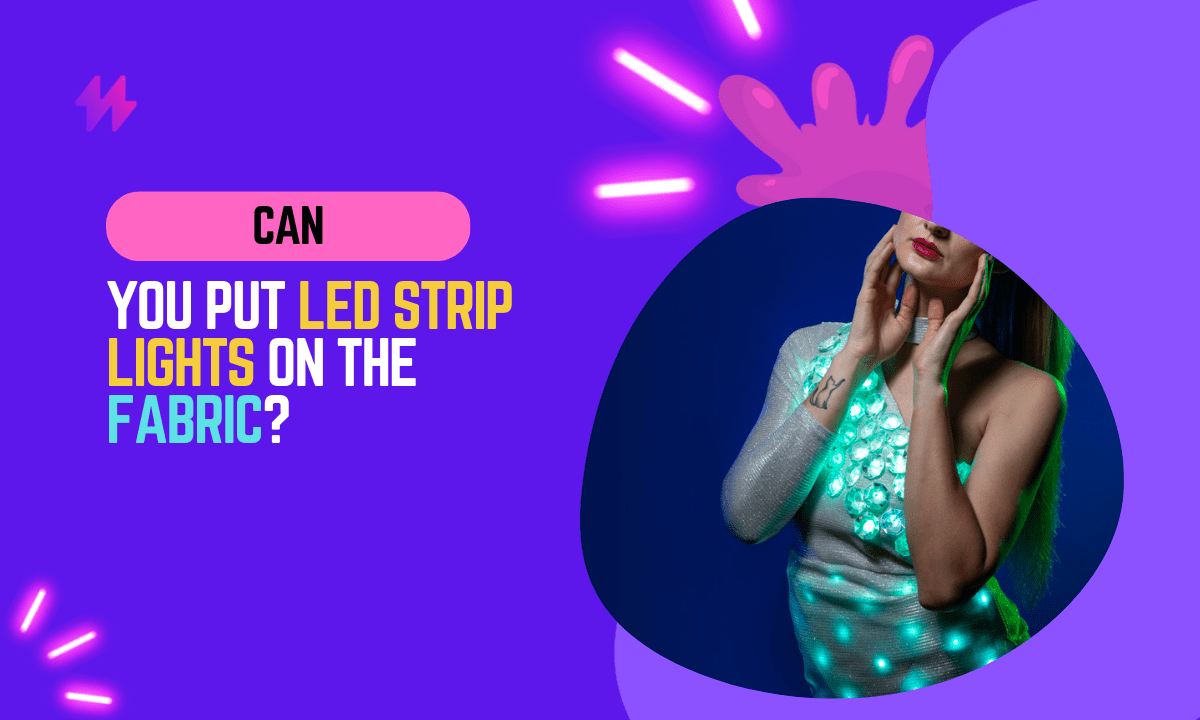
LED strip lights have become increasingly popular for their versatility and efficiency. These lights are not only used in home décor but have also made their way into the world of fashion and fabric design. However, integrating LED strip lights with fabric poses several challenges and questions.
This blog post aims to explore the feasibility, methods, and considerations of attaching LED strip lights to fabric, ensuring that your project shines both literally and figuratively.
LED Strip Lights and Fabric Compatibility
LED strip lights are flexible circuit boards populated with light-emitting diodes (LEDs) that can be cut to various lengths. They often come with an adhesive backing for easy installation. When it comes to fabric, the choice ranges from natural fibers like cotton and silk to synthetic materials like polyester and nylon.
Also read: Are LED Strip Lights Allowed in Dorms?
Can You Put LED Strip Lights on Fabric?
Yes, you can put LED strip lights on fabric, but it requires careful planning and execution. The main challenges involve securing the lights in place, maintaining the fabric’s flexibility, and ensuring safety, especially if the fabric is part of clothing or wearable technology.
Methods of Attaching LED Strip Lights to Fabric
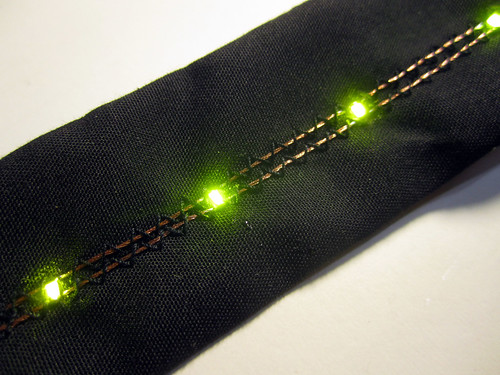
- Sewing: For fabrics that can withstand sewing, you can create small loops or channels to house the LED strips. Use a strong thread that can hold the weight of the lights.
- Fabric Glue or Adhesive: Special fabric adhesives can be used to attach the lights to the fabric. Ensure that the adhesive is strong enough to hold the lights but won’t damage the fabric.
- Velcro Strips: Using Velcro is a versatile method, allowing you to remove or reposition the lights as needed.
- Magnetic Fasteners: For heavier fabrics, magnetic fasteners can provide a strong hold and easy removal.
Considerations for Attaching LED Strip Lights to Fabric
- Weight: LED strips add weight to the fabric, so consider the strength and drape of the material.
- Heat: Ensure that the fabric can withstand the heat generated by the LEDs.
- Washability: If the fabric needs to be washed, think about how to protect or remove the LED strips.
- Power Source: Plan how to connect the LED strips to a power source, especially for wearable designs.
- Flexibility: The fabric should maintain its flexibility and comfort after attaching the lights.
Also read: How to Use UV Strip Lights & What They Are?
Safety Tips
- Use low-voltage LED strips (12V or less) for added safety, especially in wearable applications.
- Ensure all wiring is insulated and secured to prevent electrical hazards.
- Avoid placing LED strips in areas where they might get wet.
Creative Applications
- Fashion: Incorporate LED strips into costumes or avant-garde fashion pieces.
- Home Décor: Enhance curtains, cushions, or furniture with LED lights.
- Events: Create dynamic backdrops or tablecloths for events with integrated lighting.
FAQs on Can we put LED Strips Lights on Fabric?
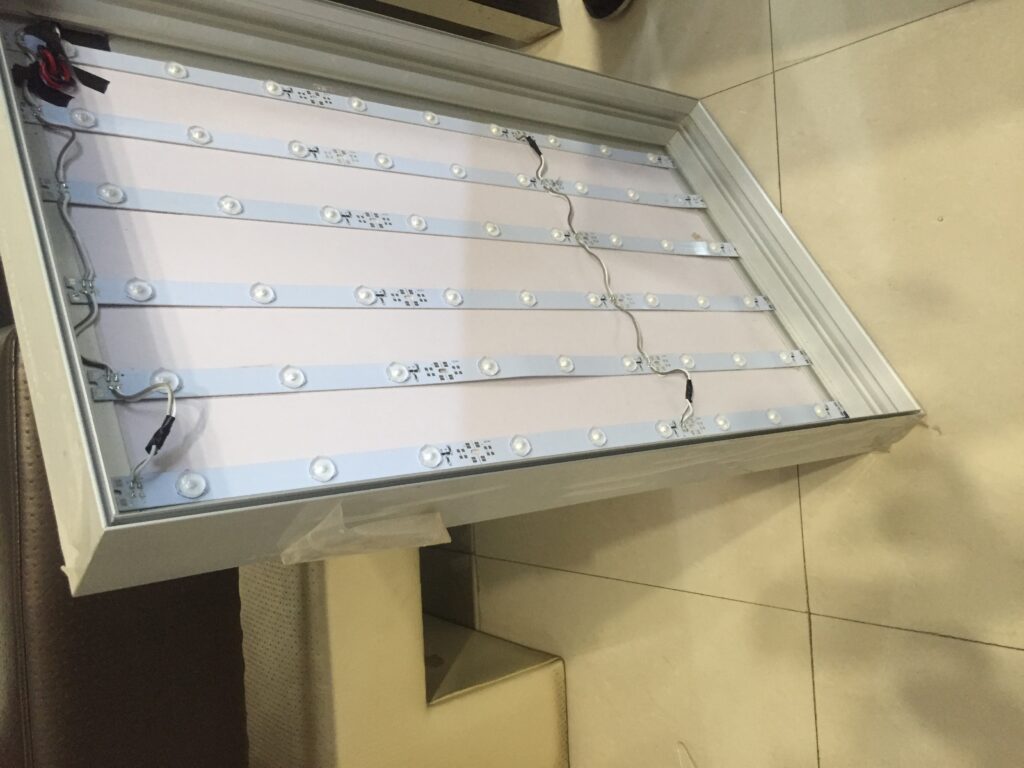
Q: Will the LED strip lights damage the fabric?
A: Generally, LED strip lights do not damage the fabric if attached properly. However, it’s important to consider the heat emitted by the LEDs and the strength of the adhesive used.
Q: Can I wash the fabric with the LED lights attached?
A: Washing is tricky and depends on the attachment method. If possible, design the garment or fabric item with removable LED strips for easy washing.
Q: Are battery-powered LED strips suitable for fabric?
A: Yes, battery-powered LED strips are ideal for fabrics, especially in wearable applications, due to their portability and ease of use.
Q: How long do LED strip lights last when attached to fabric?
A: LED strip lights generally have a long lifespan (up to 50,000 hours). However, the wear and tear of the fabric can affect their longevity.
Q: Can I cut the LED strip lights to fit the fabric?
A: Yes, LED strip lights can be cut at designated points, usually marked with a line or scissor icon.
Also read: Can You Use LED Strips to Grow Plants?
Conclusion
In conclusion, incorporating LED strip lights into fabric presents a unique opportunity for both designers and DIY enthusiasts to explore innovative lighting solutions that are both flexible and creative. However, it is crucial to approach this integration with a thorough understanding of the technical requirements and safety precautions involved. LED strips, while versatile, require careful handling to ensure that they do not overheat or short-circuit, especially when embedded in materials that may not inherently support electronic components. Effective heat management, achieved through proper spacing, secure attachment, and the selection of appropriate fabric types, is essential to maintain the longevity and functionality of the lights. Furthermore, it’s important to consider the power source, whether it be batteries or a direct electrical connection, as it must be safely encased and ideally removable to facilitate washing and maintenance of the fabric.
Moreover, the aesthetic implications of using LED strip lights on fabric should not be underestimated. This technique allows for dynamic designs that can change and evolve, offering a customizable element that is particularly appealing in the context of modern wearables and home decor. When executed thoughtfully, the integration of light elements into fabric can transform ordinary objects into interactive, visually engaging pieces. Whether in the context of safety gear that lights up in low visibility conditions or in an artistic installation that plays with light and shadow, the potential applications are as broad as they are inspiring. As this technology continues to evolve, it will undoubtedly offer even more sophisticated ways to blend textiles and lighting, opening new avenues for creative expression and functional design. Thus, while the technical challenges are non-trivial, the creative rewards make exploring this intersection between technology and textile well worth the effort.


